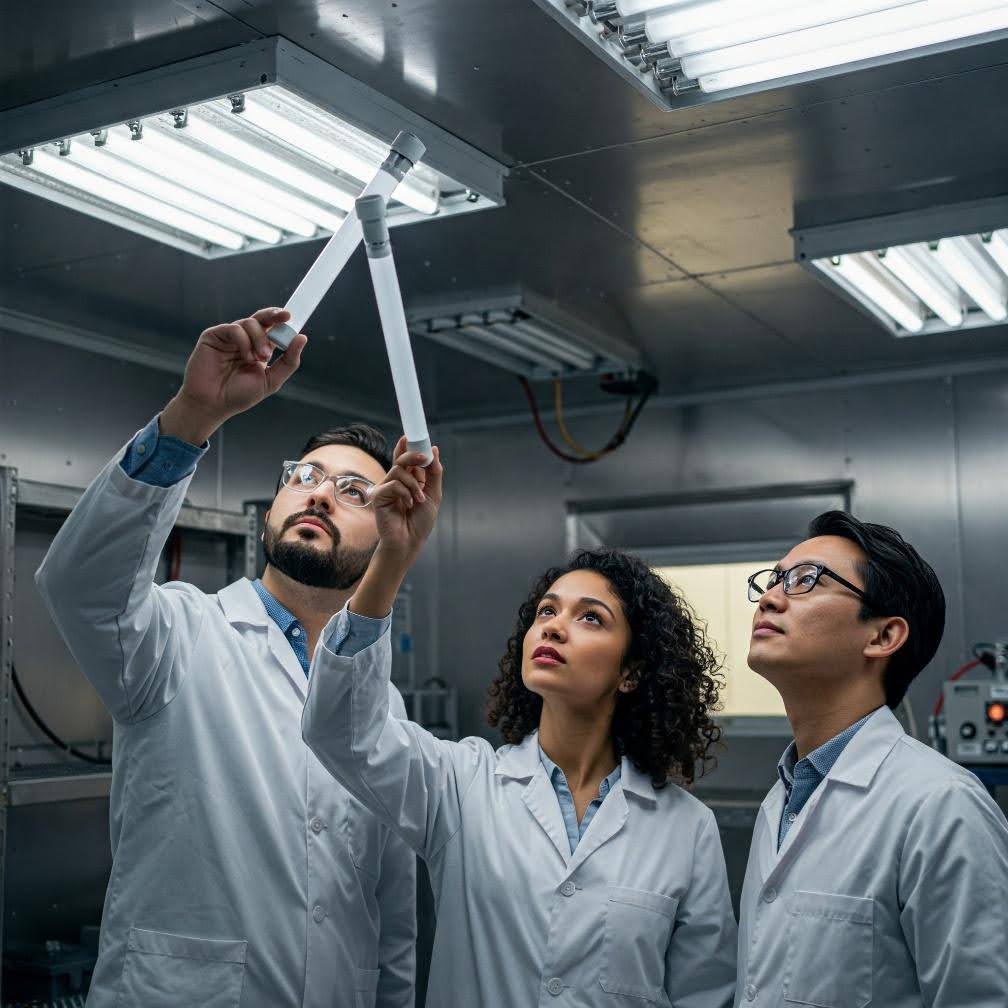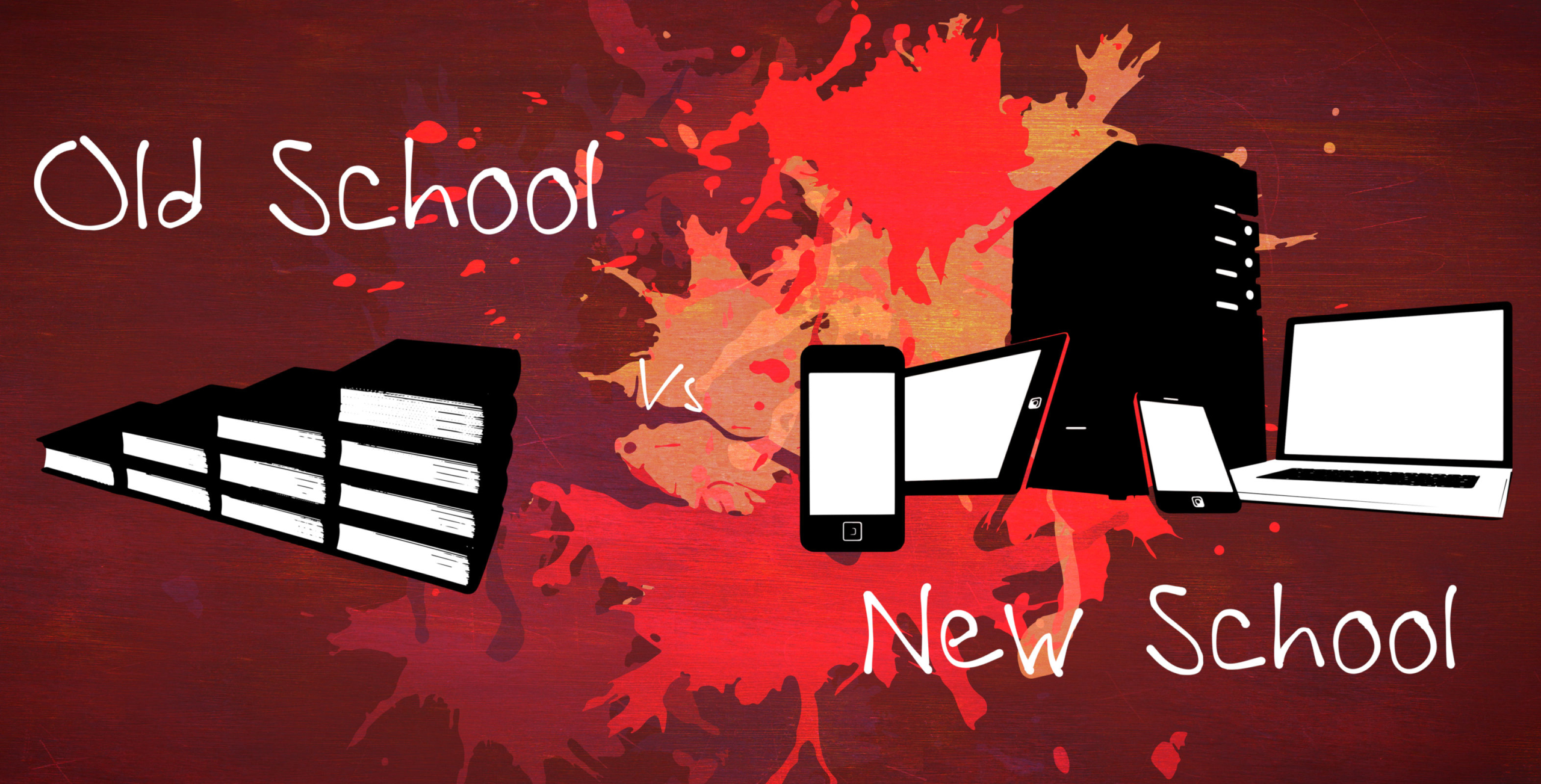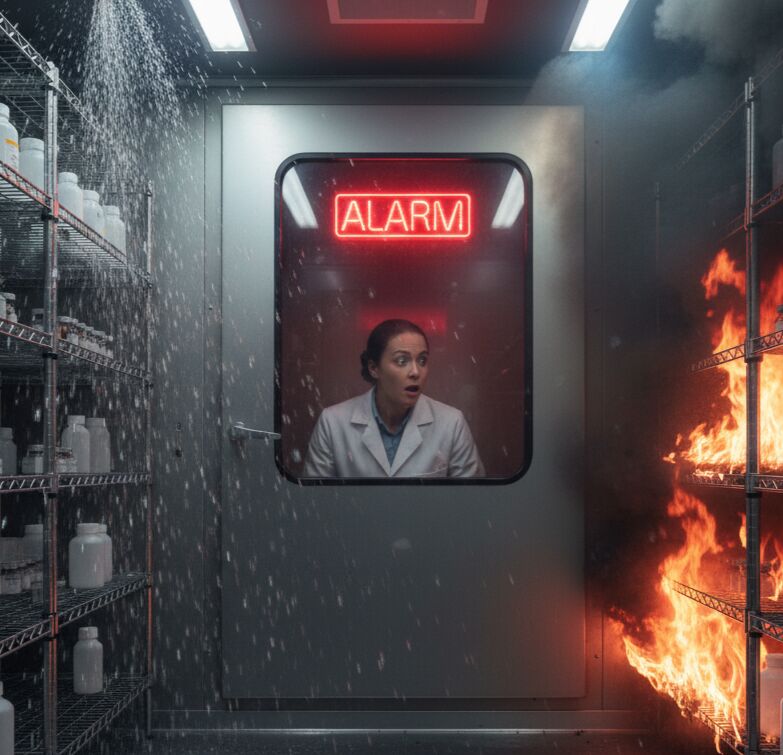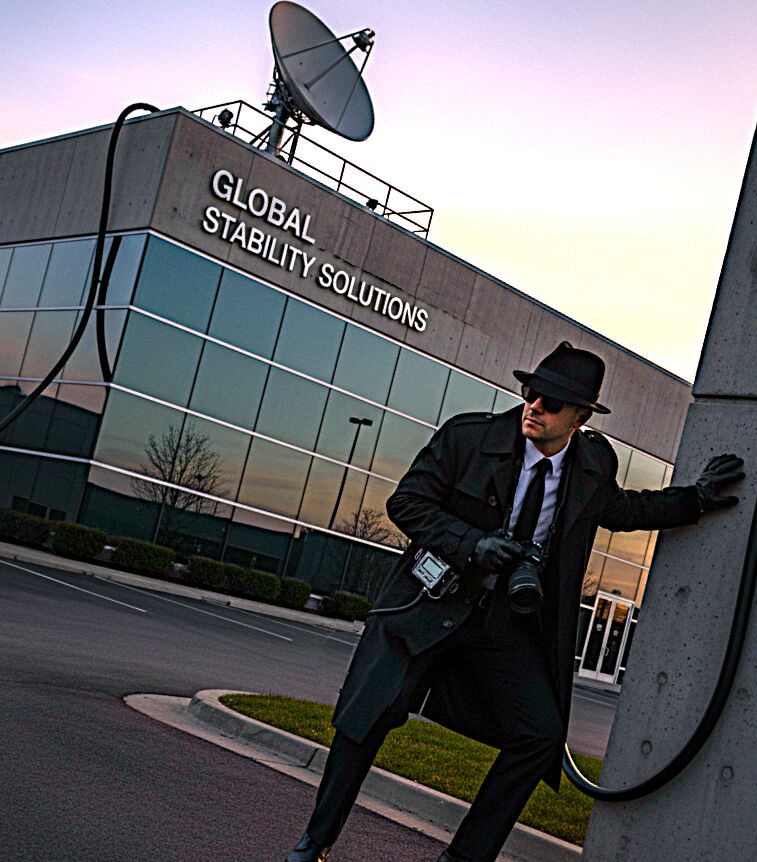It’s Stability Information Month and time to go a little further than regulations and processes and talk about people, namely the ones who comprise the Stability Group. Past articles have addressed optimal backgrounds and pathways for the talented folks who find themselves newly labeled as Stabilitarians. This initiative focuses on assembling, guiding and administering those hard-working colleagues.
So how many Stabilitarians DOES it take to turn on a light cabinet (also known more scientifically as a photostability chamber) ? To bring back a well-used response; it depends. The operation of a light cabinet, along with most other equipment and processes unfolds on an evolutionary pathway.
In a start-up company or perhaps in a maturing organization just hatching a Stability Group, the operation may first lie in the hands of a single individual, who may be a liaison to a Contract Research Organization who conducts the process in the client’s behalf. Alternatively, this individual may shoulder some in-house responsibilities and be able to handle a protocol or two and wrangle several samples a week from a handful of stability chambers. Not too much effort would be involved in managing a single individual, but which department should do the managing?
Where Does a Stability Group Belong in the Organization?
At the R&D phase, stability chambers often belong to a Pharmaceutical Sciences type department. That makes sense. There’s no room in the Analytical Lab for a bunch of chambers, and experimental formulations and packages need to be checked out in “quick and dirty” mode.
A problem arises when a product is finalized and GMP requirements kick in. Quick and dirty has no place in the same space as GMP. Besides, no one wants to help a stability study succeed like the Formulator who has to start all over again if his creation doesn’t measure up. All in all, R&D/Pharmaceutical Sciences may not be the best place for a Stability program to reside long term.
What about the Quality Assurance Department? Lots of GMP spoken there, but again the conflict of interest question comes up. That would be like the meat inspector also being the majority stock owner in the meat packing factory.
Maybe the Analytical Sciences Department would be the best place for Stability. That seems to make more sense, it’s all about the testing of products rather than creating or registering them, but the Analytical folks have a wide variety of responsibilities and priorities.
Perhaps the sweet spot for the Stability Program is under the banner of Quality Control; it’s all about the testing without incentive to force a passing result. Rewards come from efficiency and accuracy of process. Often QC is related to a larger entity with Analytical or Quality in its title, but the Quality Control group is usually found to be a satisfactory buffer between the product creator and the regulatory submitter.
Who do we need in Stability Operations?
Starting with the Lone Stabilitarian model, a logical plan for growth is needed as volume and responsibilities expand. The original member can begin to focus on planning and interaction if a coworker can take on sample management and stability chambers. Over time, the first individual might be elevated to manager or a well-suited manager brought in to take on the administrative aspects of the group as studies, protocols and samples multiply. Eventually, the group may include packaging and labeling personnel, a preparer of reports, perhaps a statistician, a chamber and monitoring system specialist and others. When group size climbs to around 15 or more, it’s time to right-size tasks and promote some of most capable staff to supervisory positions, creating a “Stability career path” and boosting morale and employee retention.
How do we engage those outside the group whose cooperation and service we need?
As staff member’s time and group size permit, each group member should become a liaison with/to a Stability Stakeholder Group, establishing a working relationship to understand the needs as well as the services of those groups. (more than 30 of these stakeholder groups have been identified in previous StabilityHub articles). A system of mutual SOP review should be put in place to prevent disconnects and misunderstandings when operating together. Copying in each other in key communications minimizes surprises while enabling best response times in overcoming emerging situations. Joint Group lunches and brainstorming for increased cooperation are a great idea.
How do we achieve a high level of group cohesiveness and efficiency?
Regular communications at all levels is a key. While an e-mail may get through instantaneously, nothing beats face-to-face communication. A Stability Group Manager should meet with their entire group on a monthly basis and if lunch is part of the process, even better (reduces the frequency of overriding other meetings that occur throughout the day).
A typical Group Meeting Agenda might include:
- Status of current projects and key current metrics (what items need attention)
- Reports on Liaison activities with Stability Stakeholders (rotating basis)
- Updates on resources (equipment, supplies, personnel, CRO input)
- SOP Review, Stability Training, Change Control actions
- Audit Readiness and anticipated audit activities
- Feedback/Input from group members for continuous improvement
Resource Control
The Department Associate/Director / Group Manager should actively plan and track equipment, personnel and supplies well into the future, depending on the cost and difficulty for approval. A key stakeholder is the Budgeting office, who can provide insights to past and current budgets as well as a year or two into the future. Make realistic and reasonable plans for chamber acquisitions and staff growth with solid justifications based on projections straight from the Budgeting and Planning folks.
Likewise, envision career growth moves for your staff before they make their own moves with other organizations. Each jump up the ladder should have pre-established rungs of training, experience, value-added initiatives and organizational skills. When slim budgets limit promotions, be sure that the order of advancement does not change during the wait.
Corporate Relations and Self Promotion
This author has worked in or managed Stability Operations Groups in 5 major Medical Product corporations and either during or soon after service in each, 4 out of 5 dissolved the Stability Group. Someone in upper management comes along with a better idea and people and responsibilities are dispersed or discarded. While not entirely avoidable, it may help a lot to emphasize the key role played by the Stability Group with upper management and to have solid relationships with Stability Stakeholders that will speak up in your behalf when their key partner is in jeopardy. Being conspicuous in multi-disciplinary meetings, keeping management informed of positive metrics and achieving good audit outcomes may be helpful in preserving the Stability Group. Inviting management to your annual celebration of Stability Day may help as well.
Summary
Success of Stability Operations lies in the hands of its members as well as those of its management. Careful planning, forecasting and excellence in execution are critical. Establishing solid relationships at all levels among stakeholders and corporate management makes a key contribution as well. In the end, the answer to how many Stabilitarians does it take to turn on a light cabinet, is all of them; for without them, the Group may cease to exist, and some other group will be responsible for the equipment.
Share This Article with the Stability Community!
November 28, 2025
Hollister Incorporated, a global, employee-owned healthcare manufacturer, began a critical modernization initiative to overhaul its stability program. For years, Hollister had relied on traditional, [...]
November 1, 2025
It happens. Your stability chamber malfunctions or quits altogether and your product’s target exposure range has a significant deviation: too hot, too cold, too [...]
October 4, 2025
One of the most intelligent moves I’ve seen a corporate Stability organization make was the establishment of a Stability Intelligence (SI) Specialist within its [...]
Share your questions and experiences
A stabilitarian encounters new situations every day. StabilityHub’s discussion forums give Stabilitarians an opportunity to ask questions and offer solutions to specific scenarios. Join in the conversations with other Stabilitiarians and share your knowledge!
A stabilitarian encounters new situations every day. StabilityHub’s discussion forums give Stabilitarians an opportunity to ask questions and offer solutions to specific scenarios. Join in the conversations with other Stabilitiarians and share your knowledge!





